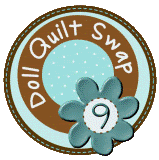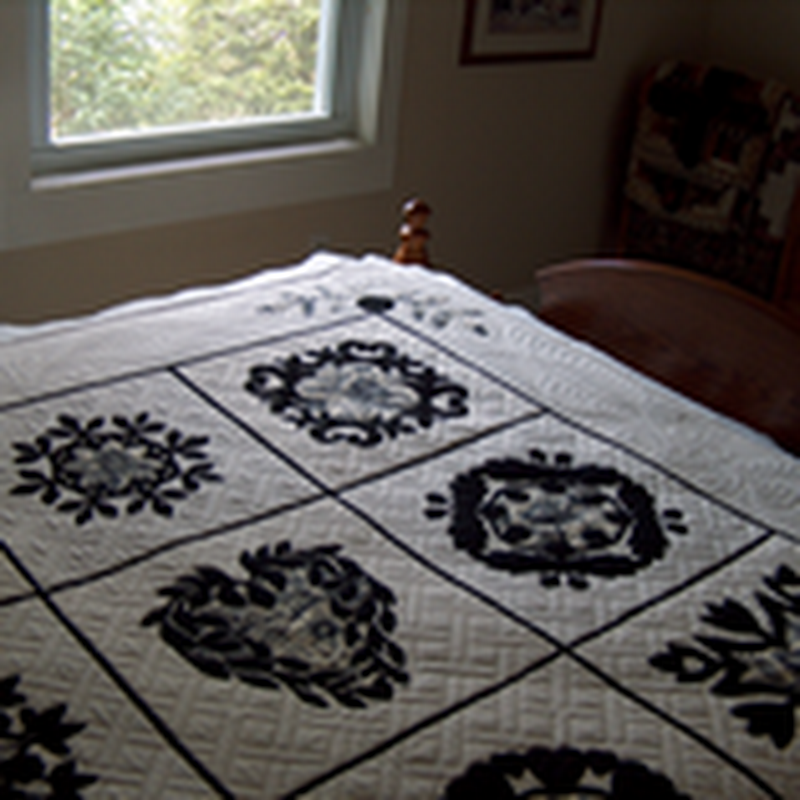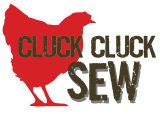The whole reason for a sew along is to make something usable, so unless you are built like the fit model used by the pattern company...deep breath...you're going to have to adjust the pattern to fit your real life body (or whomever you're making the skirt for). Now, before you start weeping and wailing over the thought of trying to fiddle with a pattern that was obviously made for some industry ideal shape (which, by the way, is so not realistic for most women), let me assure you that a skirt is one of the easiest things to fit----really!
So, big deep breath...and exhale. Better? Good. Let's get started. I'm going to show you the basics of how I fit a skirt. But, if you need more help, better instructions, or just want a more indepth fitting reference, I can recommend the books Fit for Real People by Pati Palmer and Marta Alto, Pattern Fitting with Confidence (used to be Fitting Finesse, I think) by Nancy Zieman, and The Complete Photo Guide to Perfect Fitting by Sarah Veblen. I've had classes from Marta and Sarah and both are very knowledgeable on this which totally shows in the books. I've also enrolled in Craftsy's Sew the Perfect Fit class with Lynda Maynard, which so far is quite good. There are also fitting classes on Pattern Review from time to time, although no skirt ones at the moment.
Choosing a Size
I think this part stumps many people, especially those just starting into sewing clothes. Pattern sizes do not coorelate to ready-to-wear sizes. For skirts, I fit into size 6 at most stores (we all know how varied sizing can be between brands), but in patterns I usually range around a 14 depending on the company and cut of the design. Huge difference! So first thing to do, toss out of your head any preconceived ideas of what "size" you should be. You are the size you are, the only reason we care at all is to know how to cut our fabric.
 |
| This pattern gives two sets of measurements--one for your measurements (to choose a size from) and one for the finished measurements of the garment (so you'll know how loose the clothing fits). |
To choose a size for skirts, ignore all that fluff about bust measurements, not needed here, go straight to the waist and hip measurements. Remembering that this is just a starting point, find the ones that are closest to yours (they may be different sizes!) and mark that. When I'm working with a simple skirt, I usually will opt for the hip measurement even though my waist would indicate a larger size (if your waist is bigger than your hips, you'll want to go with the size which matches closest to your waist measurement) otherwise, I'd find myself swimming in fabric around the hips making an A-line skirt more like a full skirt! I'm no curvy girl, there's not a huge difference between waist and hip (and there's less now than used to be, lol), so I find it easier to simply adjust the waist area rather than fiddle with the shape and drape of the entire skirt.
 |
| Maybe you fall in between "size" measurements or your waist is bigger than the "size" for your hips. This is not unusual. |
If you want to be able to keep your original intact, then I recommend tracing the pattern pieces first. I like to use the Tru-Grid by Pellon as it is sewable, drapes more like tissue and fabric, and can be seen through for easy transfer of marks. (Other great options include Swedish tracing paper, medical exam table paper, tracing paper...) Once I get the originals traced off in my chosen size, and add seam allowances if needed (hello, Burda--yes, I like to pre-add the seam allowances, because I tend to forget that Burda doesn't have them already in and that makes for some very unhappy discoveries of having cut the sewing line instead), I cut generously around my tracings at the side seams (usually I leave a couple of inches extra). Then pin along the sewing line. (If you're using a pattern with seam allowances included, you'll want to mark this out with a pen so you have a reference line to follow. I like to use a different color just to distinguish it from my cutting line.) Also, pin any darts or pleats.
Now, carefully try this on over your undergarments (including slip and tights/pantyhose if you wear them normally). You'll want to have a clip or two to hold the zipper area together so that your hands are free. Standing in front of a mirror will help you to see any areas that aren't fitting. Simply unpin those places and repin so that the fit is better. Around the waist, make sure you unpin and repin in equal amounts for each side. If the front darts are poofing funny, try taking them out or making them smaller in depth (leave the length as is). Maybe your back darts need to be deeper (I don't have much of a booty so this is never my problem) Also, take a look at the side seam and hem--are they straight? If not adjust by pulling up the front or back a bit. (By wearing a "belt" of elastic at your waist over the pattern, you'll have a reference for marking a new "waist" when done adjusting. Mark with a pen prior to taking off the pattern.) You may need to add width to only the front (or back) rather than both.
 |
| Here's a view of some basic adjustments (from Painless Sewing) that you can make. |
At this point, I carefully take off the pattern and make a pen mark over each pin that was adjusted. Now, make these changes to your traced off pattern. You may need to smooth out the transition from waist to hip or the curve of the waist. If you made your waist area larger or changed the curve of the waist, don't forget to also adjust the facing to match.
 |
| Here's a quick view of the pivot slide method for adjusting skirt width (also from Painless Sewing). |
Your adjusted pattern may look a bit Frankensteined with it's additions and adjustments, but that's okay. The point is to have a pattern that fits you perfectly which you can then use again and again.
Once you've made your adjustments, you are ready to make your skirt. If you still aren't sure of your adjustments, you could always make a muslin to test the pattern with real fabric. This could be necessary if you were using something stiffer to trace your pattern on. A muslin is also handy if your weight changes (or you're planning to change it) as you can test adjustments to that before making permanent changes to your already fitting pattern. (I have Crohn's Disease, so regular weight change is a part of life. Sometimes I only take in or let out a side seam a smidgen, but sometimes I need to make bigger adjustments. And while I plan on getting into a more toned shape {aka flatten that tummy somewhat} after finally gaining some much needed weight...there's nothing wrong with having a few new skirts in the mean time.)
While fitting the pattern adds an extra step to the process, it is well worth it to have a skirt that is fit at the waist and hips properly and already has the length you want. Once this is done, you can focus your attention on the fun parts like choosing fabrics, embellishments and style changes!



































No comments:
Post a Comment